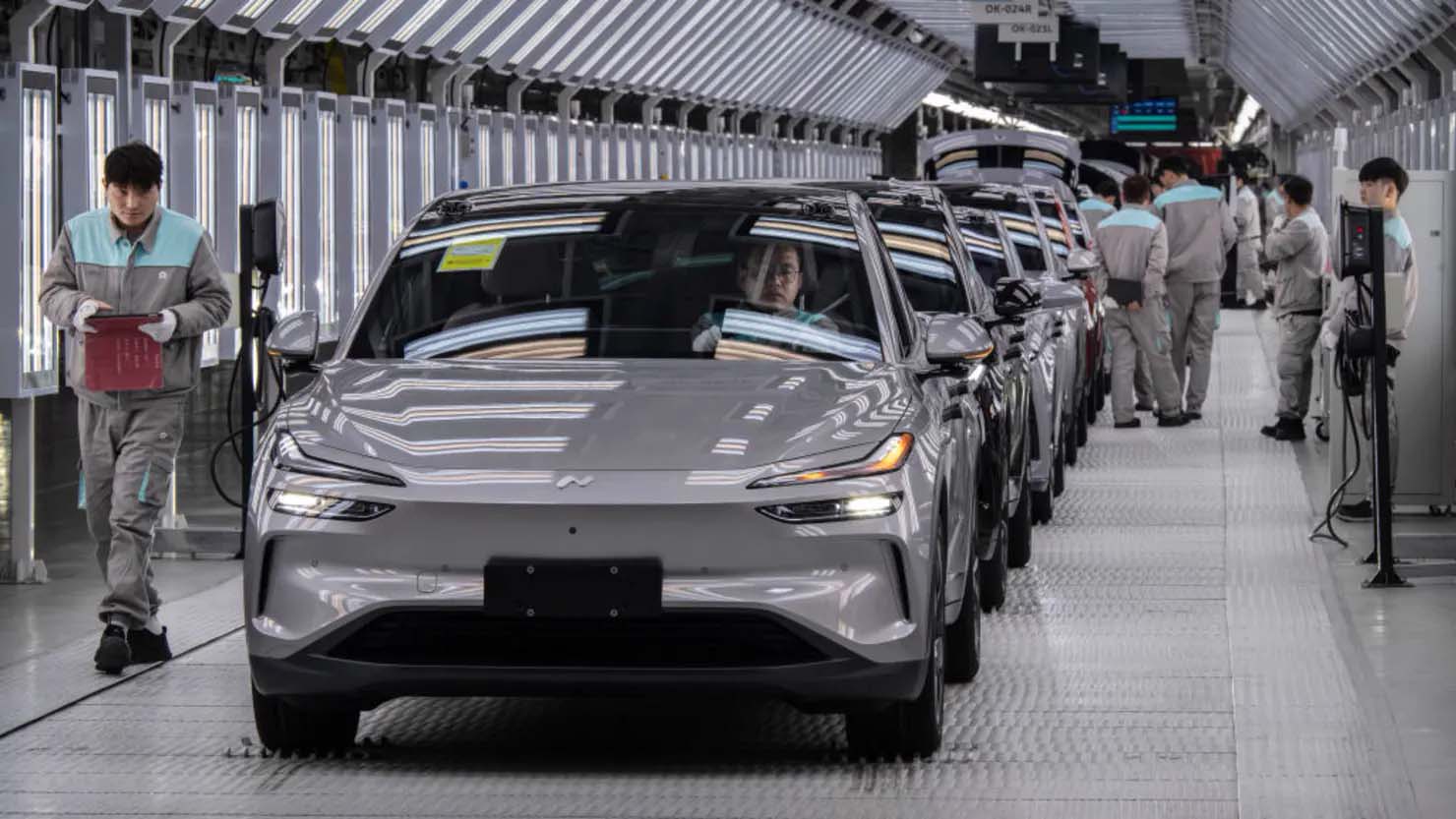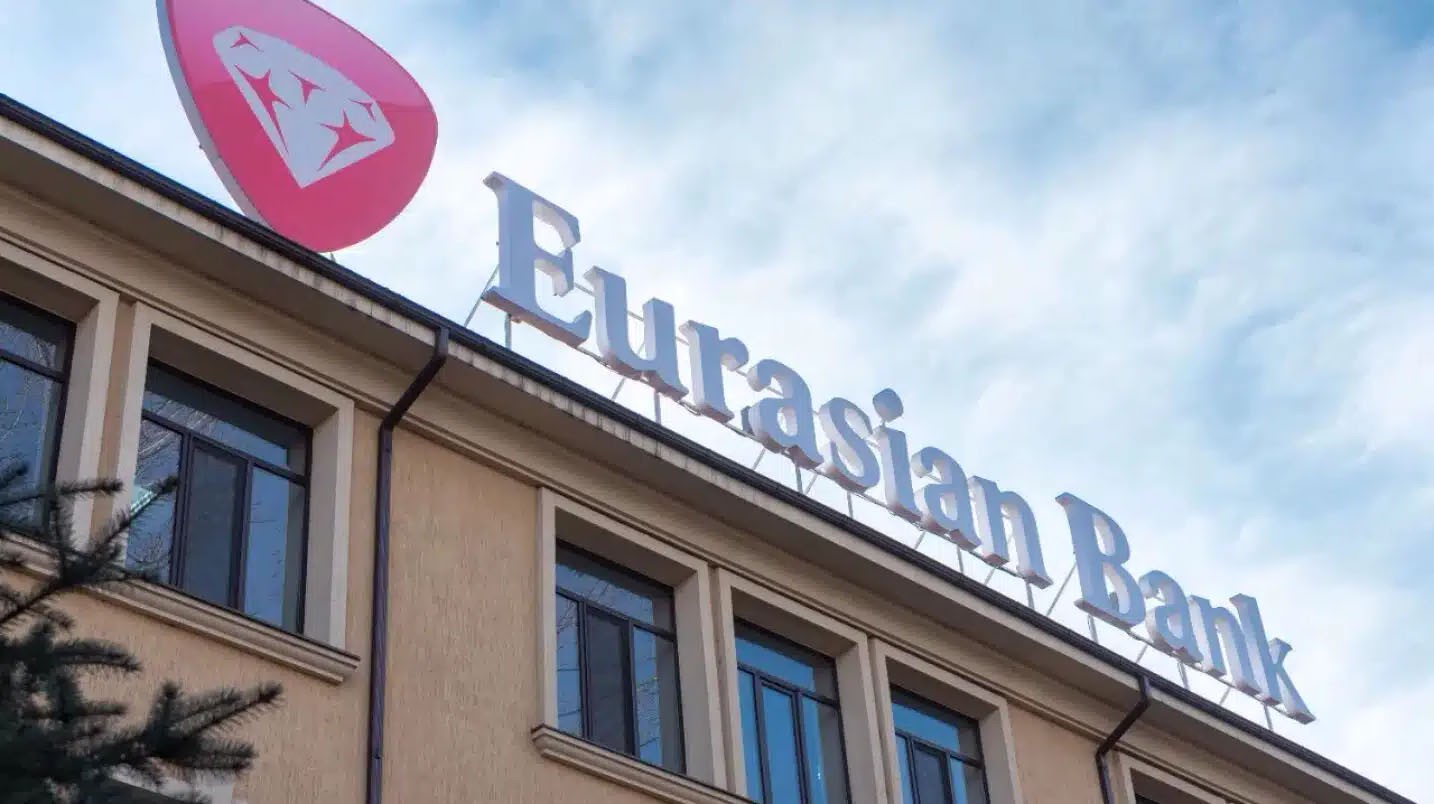In the capital of Saudi Arabia, Riyadh, the construction of a grandiose infrastructure project has started — the King Salman International Airport, which should become the world's largest in terms of area and passenger traffic. The opening of the facility is scheduled for 2030, and in terms of its scale, it is already being compared with entire cities: the area of the future aviation complex will be about 57 square kilometers, which is comparable to the size of Saransk, the capital of Mordovia, whose territory covers about 70 square kilometers.
The project includes six runways with the possibility of further expansion, as well as a large-scale complex of passenger and cargo terminals, logistics centers, hotels and auxiliary infrastructure. The new airport will be an important part of Saudi Arabia's national development strategy, which aims to transform Riyadh into one of the world's top ten economic centers.
According to the government's plans, up to 120 million passengers will pass through King Salman Airport annually by 2030, and this figure may grow to 185 million by 2050. The airport will serve as an international hub connecting the Middle East with key regions of Asia, Europe and Africa.
The project concept goes far beyond the traditional concept of an airport. The new aviation hub is being created in the format of the so-called "aerotropolis" - a city that develops around the aviation infrastructure. Just as in the past cities were formed at seaports and railway stations, in the XXI century Riyadh gets a powerful aviation center with an extensive commercial, residential and transport structure.
The project pays special attention to sustainable development. The complex will be fully powered by renewable energy sources and will receive the prestigious LEED Platinum environmental certificate. Architectural and engineering solutions involve the use of energy-saving technologies, resource recycling, and intelligent management of building systems.
King Salman Airport is becoming part of a massive construction wave in Saudi Arabia. Mega projects are also being implemented in the kingdom, such as the ultra-high Jeddah Tower, the futuristic linear city The Line, and the 170-kilometer-long horizontal panorama city Neom. These initiatives reflect the country's ambition to become a world leader in innovative urbanism, sustainable infrastructure, and advanced technologies.
The new airport should not only relieve the existing transport system, but also become a powerful catalyst for economic growth, tourism and international investment. The project symbolizes Saudi Arabia's transition to a future economy where infrastructure and sustainable development are becoming strategic priorities.












